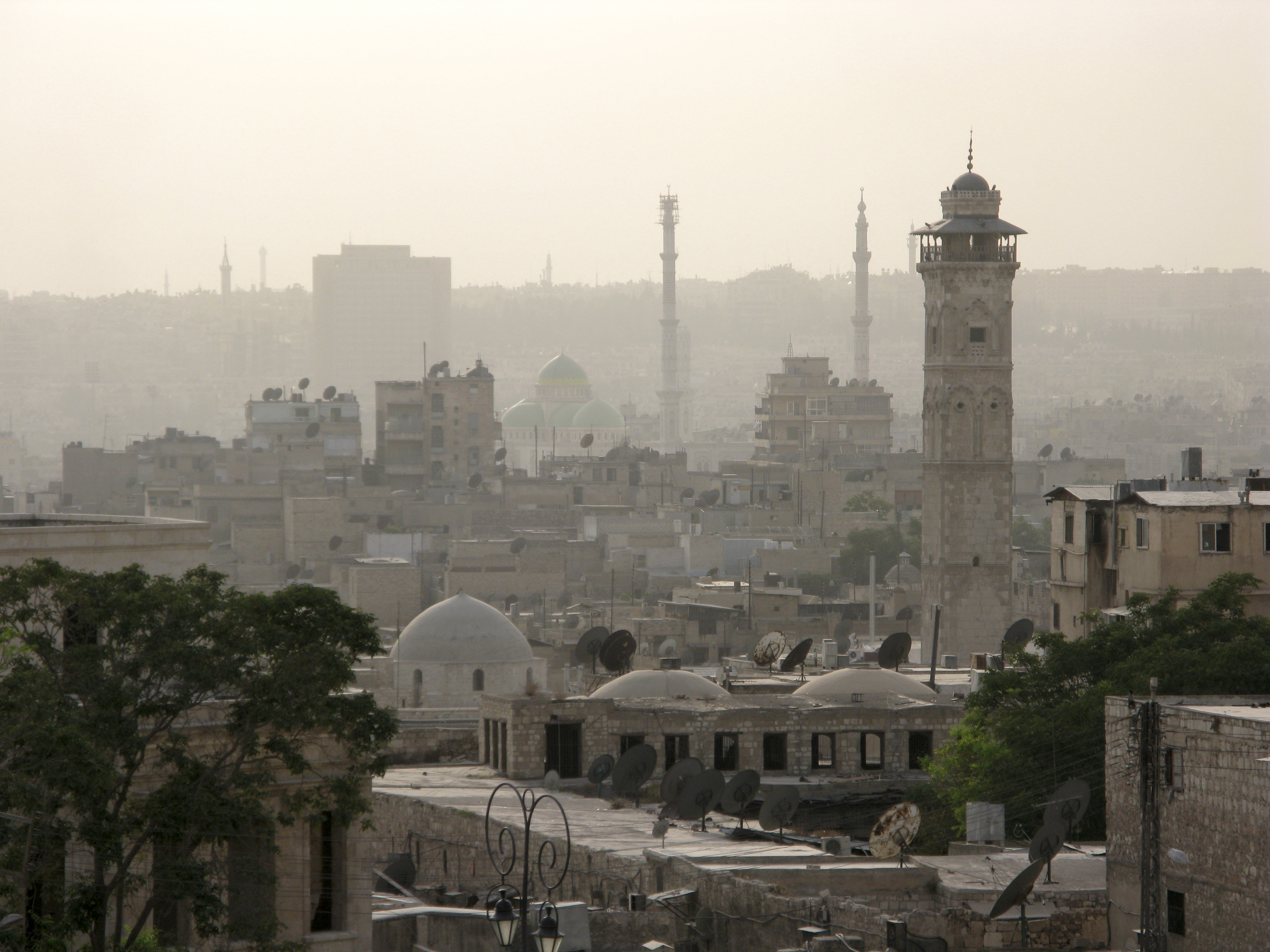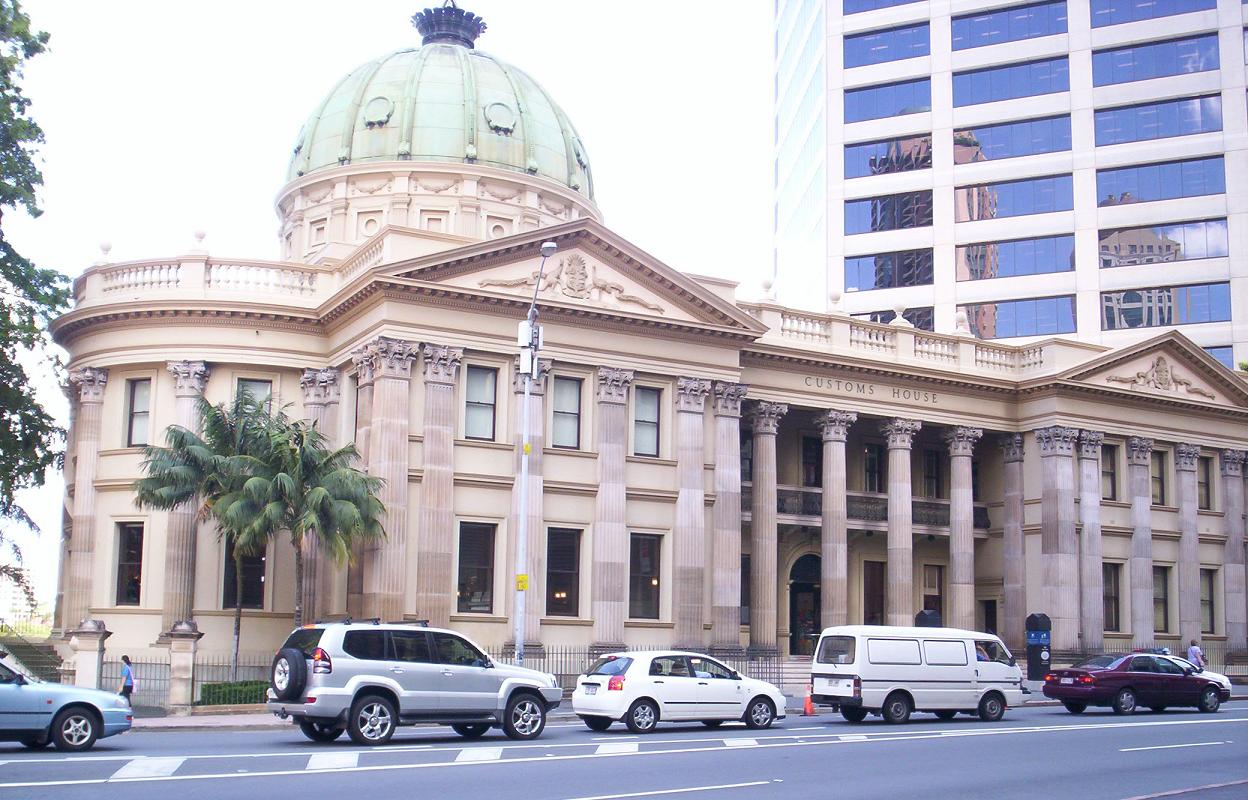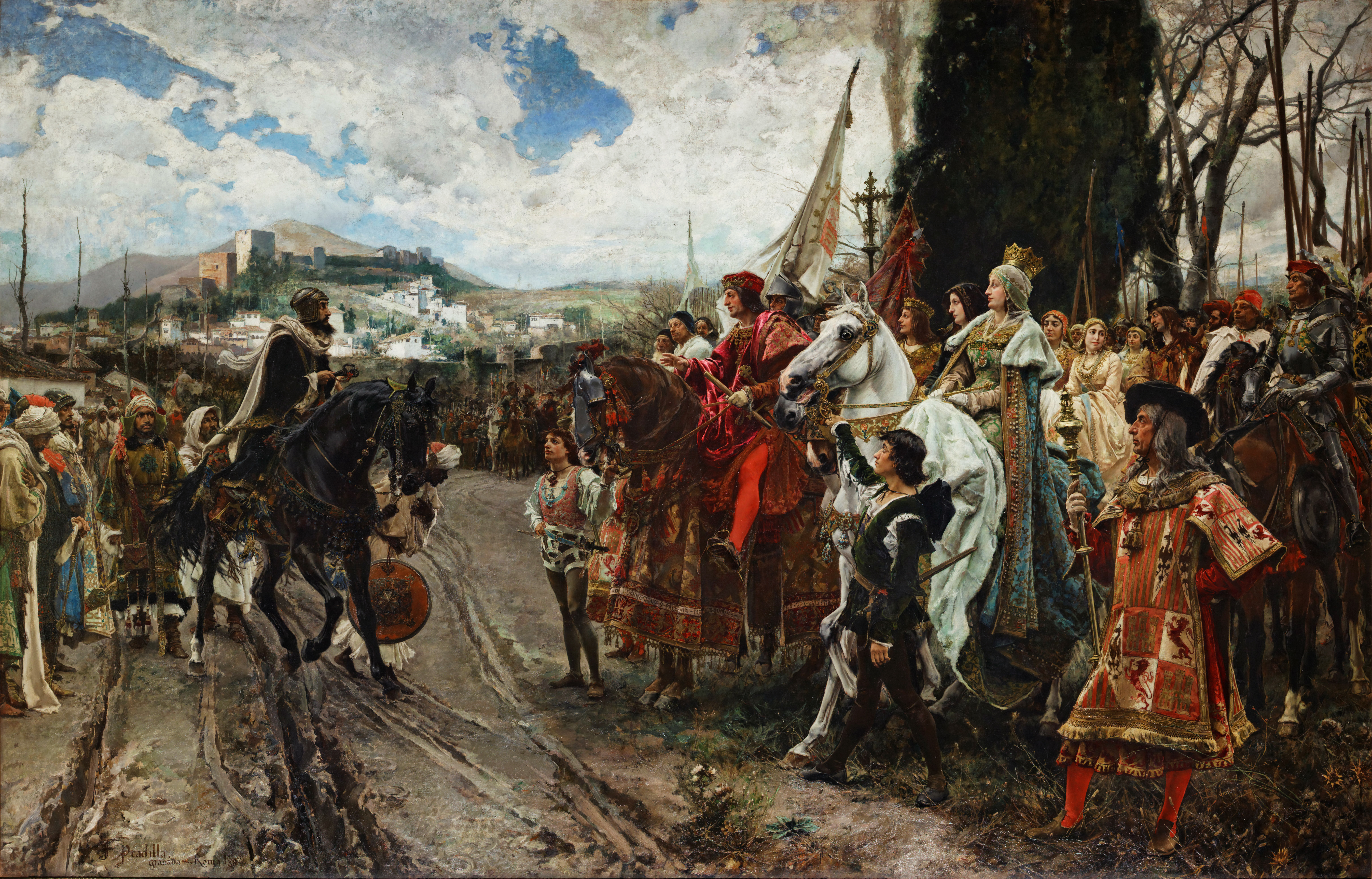|
Battle Of Beirut (1912)
The Battle of Beirut was a naval battle off the coast of Beirut during the Italo-Turkish War. Italian fears that the Ottoman naval forces at Beirut could be used to threaten the approach to the Suez Canal led the Italian military to order the destruction of the Ottoman naval presence in the area. On 24 February 1912 two Italian armoured cruisers attacked and sank an Ottoman casemate corvette and six lighters, retired, then returned and sank an Ottoman torpedo boat. As a result of the battle all Ottoman naval forces in the region were annihilated, thus ensuring the approaches to the Suez Canal were open to the Italians. Besides the naval losses, the city of Beirut itself suffered significant damage from the Italian warships. Background During the Italo-Turkish War, the Italian military feared that Ottoman naval forces in the Mediterranean would stage a raid on the Italian supply and troopships headed for Italian East Africa. In order to prevent such a raid, Rear Admiral Paolo ... [...More Info...] [...Related Items...] OR: [Wikipedia] [Google] [Baidu] |
Italo-Turkish War
The Italo-Turkish or Turco-Italian War ( tr, Trablusgarp Savaşı, "Tripolitanian War", it, Guerra di Libia, "War of Libya") was fought between the Kingdom of Italy and the Ottoman Empire from 29 September 1911, to 18 October 1912. As a result of this conflict, Italy captured the Ottoman Tripolitania Vilayet, of which the main sub-provinces were Fezzan, Cyrenaica, and Tripoli itself. These territories became the colonies of Italian Tripolitania and Cyrenaica, which would later merge into Italian Libya. During the conflict, Italian forces also occupied the Dodecanese islands in the Aegean Sea. Italy agreed to return the Dodecanese to the Ottoman Empire in the Treaty of Ouchy in 1912. However, the vagueness of the text, combined with subsequent adverse events unfavourable to the Ottoman Empire (the outbreak of the Balkan Wars and World War I), allowed a provisional Italian administration of the islands, and Turkey eventually renounced all claims on these islands in Arti ... [...More Info...] [...Related Items...] OR: [Wikipedia] [Google] [Baidu] |
Giuseppe Garibaldi Class Cruiser
The ''Giuseppe Garibaldi''-class cruisers were a class of ten armoured cruisers built in Italy in the 1890s and the first decade of the 20th century. The ships were built for both the Royal Italian Navy (''Regia Marina'') and for export. With the class being named for Italian unifier and nationalist Giuseppe Garibaldi. Design and description The design of the ''Giuseppe Garibaldi''-class cruiser was derived by the naval architect Edoardo Masdea from his earlier design. The ''Garibaldi''s were slightly larger and about a knot faster than their predecessors, but the primary improvement was the addition of two gun turrets, one each fore and aft of the superstructure. These remedied a major weakness of the older ships in that their primary armament, being on the broadside, could not engage targets that were directly in front or behind. The design was so popular that ten cruisers were purchased by four different countries; the Royal Italian Navy, the Argentine Navy, the Imperial Jap ... [...More Info...] [...Related Items...] OR: [Wikipedia] [Google] [Baidu] |
Deportation
Deportation is the expulsion of a person or group of people from a place or country. The term ''expulsion'' is often used as a synonym for deportation, though expulsion is more often used in the context of international law, while deportation is more used in national (municipal) law. Forced displacement or forced migration of an individual or a group may be caused by deportation, for example ethnic cleansing, and other reasons. A person who has been deported or is under sentence of deportation is called a ''deportee''. Definition Definitions of deportation apply equally to nationals and foreigners. Nonetheless, in the common usage the expulsion of foreign nationals is usually called deportation, whereas the expulsion of nationals is called extradition, banishment, exile, or penal transportation. For example, in the United States: "Strictly speaking, transportation, extradition, and deportation, although each has the effect of removing a person from the country, are differ ... [...More Info...] [...Related Items...] OR: [Wikipedia] [Google] [Baidu] |
Damascus
)), is an adjective which means "spacious". , motto = , image_flag = Flag of Damascus.svg , image_seal = Emblem of Damascus.svg , seal_type = Seal , map_caption = , pushpin_map = Syria#Mediterranean east#Arab world#Asia , pushpin_label_position = right , pushpin_mapsize = , pushpin_map_caption = Location of Damascus within Syria , pushpin_relief = 1 , coordinates = , subdivision_type = Country , subdivision_name = , subdivision_type1 = Governorate , subdivision_name1 = Damascus Governorate, Capital City , government_footnotes = , government_type = , leader_title = Governor , leader_name = Mohammad Tariq Kreishati , parts_type = Municipalities , parts = 16 , established_title = , established_date ... [...More Info...] [...Related Items...] OR: [Wikipedia] [Google] [Baidu] |
Aleppo
)), is an adjective which means "white-colored mixed with black". , motto = , image_map = , mapsize = , map_caption = , image_map1 = , mapsize1 = , map_caption1 = , pushpin_map = Syria#Mediterranean east#Asia#Syria Aleppo , pushpin_label_position = left , pushpin_relief = yes , pushpin_mapsize = , pushpin_map_caption = Location of Aleppo in Syria , coordinates = , subdivision_type = Country , subdivision_name = , subdivision_type1 = Governorate , subdivision_type2 = District , subdivision_type3 = Subdistrict , subdivision_name1 = Aleppo Governorate , subdivision_name2 = Mount Simeon (Jabal Semaan) , subdivision_name3 = Mount Simeon ... [...More Info...] [...Related Items...] OR: [Wikipedia] [Google] [Baidu] |
Customs House
A custom house or customs house was traditionally a building housing the offices for a jurisdictional government whose officials oversaw the functions associated with importing and exporting goods into and out of a country, such as collecting customs duty on imported goods. A custom house was typically located in a seaport or in a city on a major river, with access to an ocean. These cities acted as ports of entry into a country. Due to advances in electronic information systems, the increased volume of international trade, and the introduction of air travel, the term "custom house" became a historical anachronism. There are many examples of buildings around the world that were formerly used as custom houses but have since been converted for other uses, such as museums or civic buildings. As examples, the former Alexander Hamilton U.S. Custom House in Manhattan, New York, (now the George Gustav Heye Center) presently houses a branch of the National Museum of the American Indi ... [...More Info...] [...Related Items...] OR: [Wikipedia] [Google] [Baidu] |
Mediterranean Sea
The Mediterranean Sea is a sea connected to the Atlantic Ocean, surrounded by the Mediterranean Basin and almost completely enclosed by land: on the north by Western and Southern Europe and Anatolia, on the south by North Africa, and on the east by the Levant. The Sea has played a central role in the history of Western civilization. Geological evidence indicates that around 5.9 million years ago, the Mediterranean was cut off from the Atlantic and was partly or completely desiccated over a period of some 600,000 years during the Messinian salinity crisis before being refilled by the Zanclean flood about 5.3 million years ago. The Mediterranean Sea covers an area of about , representing 0.7% of the global ocean surface, but its connection to the Atlantic via the Strait of Gibraltar—the narrow strait that connects the Atlantic Ocean to the Mediterranean Sea and separates the Iberian Peninsula in Europe from Morocco in Africa—is only wide. The Mediterranean ... [...More Info...] [...Related Items...] OR: [Wikipedia] [Google] [Baidu] |
Ottoman Ironclad Avnillah Sunk NH 42779
Ottoman is the Turkish spelling of the Arabic masculine given name Uthman ( ar, عُثْمان, ‘uthmān). It may refer to: Governments and dynasties * Ottoman Caliphate, an Islamic caliphate from 1517 to 1924 * Ottoman Empire, in existence from 1299 to 1922 ** Ottoman dynasty, ruling family of the Ottoman Empire *** Osmanoğlu family, modern members of the family * Ottoman architecture Ethnicities and languages * Ottoman Armenians, the Armenian ethnic group in the Ottoman Empire * Ottoman Greeks, the Greek ethnic group in the Ottoman Empire * Ottoman Serbs, the Serbian ethnic group in the Ottoman Empire * Ottoman Turks, the Turkic ethnic group in the Ottoman Empire ** Ottoman Turkish alphabet ** Ottoman Turkish language, the variety of the Turkish language that was used in the Ottoman Empire Products * Ottoman bed, a type of storage bed * Ottoman (furniture), padded stool or footstool * Ottoman (textile), fabric with a pronounced ribbed or corded effect, often made of sil ... [...More Info...] [...Related Items...] OR: [Wikipedia] [Google] [Baidu] |
Striking The Colors
Striking the colors—meaning lowering the flag (the " colors") that signifies a ship's or garrison's allegiance—is a universally recognized indication of surrender, particularly for ships at sea. For a ship, surrender is dated from the time the ensign is struck. In international law "Colours. A national flag (or a battle ensign). The colours . . . are hauled down as a token of submission." International law absolutely requires a ship of war to fly its ensign at the commencement of any hostile acts, i.e., before firing on the enemy. During battle there is no purpose in striking the colors other than to indicate surrender. It was and is an offense to continue to fight after striking one's colors, and an offense to continue to fire on an enemy after she has struck her colors, unless she indicates by some other action, such as continuing to fire or seeking to escape, that she has not truly surrendered. For this reason, striking the colors is conclusive evidence of a surrender ... [...More Info...] [...Related Items...] OR: [Wikipedia] [Google] [Baidu] |
Surrender (military)
Surrender, in military terms, is the relinquishment of control over territory, combatants, fortifications, ships or armament to another power. A surrender may be accomplished peacefully or it may be the result of defeat in battle. A sovereign state may surrender following defeat in a war, usually by signing a peace treaty or capitulation agreement. A battlefield surrender, either by individuals or when ordered by officers, normally results in those surrendering becoming prisoners of war. Definition and etymology Merriam-Webster defines "surrender" as "the action of yielding one's person or giving up the possession of something especially into the power of another", and traces the etymology to the Middle English ''surrendre'', from French ''sur-'' or ''sus-'', ''suz'' "under" + ''rendre'' "to give back"; this in turn is defined by the University of Michigan Middle English Dictionary as meaning "The giving up of an estate, a grant of land, or an interest in property to th ... [...More Info...] [...Related Items...] OR: [Wikipedia] [Google] [Baidu] |
Wāli
''Wāli'', ''Wā'lī'' or ''vali'' (from ar, والي ''Wālī'') is an administrative title that was used in the Muslim World (including the Caliphate and Ottoman Empire) to designate governors of administrative divisions. It is still in use in some countries influenced by Arab or Muslim culture. The division that a ''Wāli'' governs is called '' Wilayah'', or in the case of Ottoman Turkey, "''Vilayet''". The title currently also refers to the ceremonial head of the Bangsamoro, a Muslim-majority autonomous region of the Philippines. Algerian term In Algeria, a ''wāli'' is the "governor" and administrative head of each of the 58 provinces of the country, and is chosen by the president. Iranian term In Iran the term is known as Vāli and refers to the governor-general or local lord of an important province. During the Safavid reign 1501-1722 the former rulers of the then subordinated provinces of the Georgian Kartli and Kakheti kingdom, the Kurdish emirate of Arda ... [...More Info...] [...Related Items...] OR: [Wikipedia] [Google] [Baidu] |
Mole (architecture)
A mole is a massive structure, usually of stone, used as a pier, breakwater, or a causeway separating two bodies of water. The word comes from Middle French ''mole'', ultimately from Latin ''mōlēs'', meaning a large mass, especially of rock; it has the same root as molecule and mole, the chemical unit of measurement. A mole may have a wooden structure built on top of it that resembles a wooden pier. The defining feature of a mole, however, is that water cannot freely flow underneath it, unlike a true pier. The oldest known mole is at Wadi al-Jarf, an ancient Egyptian harbor complex on the Red Sea, constructed ca. 2500 BCE. San Francisco Bay Area In the San Francisco Bay Area in California, there were several moles, combined causeways and wooden piers or trestles extending from the eastern shore and utilized by various railroads, such as the Key System, Southern Pacific Railroad (two), and Western Pacific Railroad: the Alameda Mole, the Oakland Mole, and the Western Pa ... [...More Info...] [...Related Items...] OR: [Wikipedia] [Google] [Baidu] |









